project description
Artwork by Anna Prydatko; design by Elina Akselrud
Premiered: May 24, 2019
When listening to music, have you ever watched your visual imagination correspond to the auditory reception? Perhaps nearly every single human being has virtually 'seen' something in their mind upon hearing musical sounds of any type, style, genre, and instrumentation. The reason is because our senses are very often much more interconnected than they seem to be. We tend to respond with several of them, when only one is affected. For example, when one hears a piece of music, it might bring back memories, visualize one's own dreams, and even unrelated story lines as vivid 'films' in a way (not mentioning random, non-consistent passing ideas). Some people have an ability to see colors connected to musical sounds (synesthesia): in this case they are either naturally synesthetic, (the relation happens on its own) or exactly the opposite, meaning they use a thoroughly-developed complex system of relativity between musical tones and color shades.
Alexander Scriabin (1872-1915) was in the latter group: although many do believe that he was naturally synesthetic, there are studies that clearly display a detailed scientific approach to the concept.* He has been developing as an interdisciplinary composer throughout his entire life. In “Prometheus, the Poem of Fire”, op.60 he even notated a part for lights of various colors in the orchestral score, as well as has planned doing so for the unfinished “Mysterium”. However he was not yet so specific in his early works: this brought up a special challenge for the Intertwining Arts team to create a crossover project that would be binding the 24 Preludes, op. 11 (1888-1896) and a simultaneous live creation of a painting on stage (projected onto the background for the audience to see the entire process) while the music is being performed. The Preludes would lead the first half of the project through a journey of diverse impressions, emotions, and feelings: often sudden and transience. Through these the visual performance would be developed to its fullest capacity and bloom during the Third Piano Sonata of Carl Vine: a contemporary Australian composer (b.1954). The Sonata is, of course, a piece of a different scope: nearly a through-composed large deep work. Each movement follows the previous one immediately [attaca] and is interconnected with the others by recurring motives and harmonies. There is a lot of material still to be explored: it is was written in 2007 and, unfairly, has not been played often.
Elina Akselrud and Anna Prydatko performing “Transience: Painting after Scriabin and Vine” World Premiere in Marianischer Saal, Lucerne, Switzerland on May 24, 2019
Many musical and visual works, even among those focusing on the creative process itself are often presented as already completed, finished products, counting largely on the audience's imagination. Therefore it is utterly important for the Intertwining Arts team to bring in the very element of live creation to stage (theatrical in a way, perhaps) and even fortuity at times. The emphasis on the very moment of happenstance would allow the mystic interdisciplinary ideas of Scriabin to become more real in our contemporary world, while the work of Carl Vine could expose itself in a completely new and unpredictable way.
Studying the subject of the link between sound and color has no end in itself: the influence of the mix on human psychological state and reflection, deepening into the concept of abstract art, exploring connections between art genres, as well as between the artists themselves (while simultaneously creating), changing traditional vectors and switching the visual and performing arts on stage in a way, in order to activate new creative resources and to realize our potential to its fullest... All these are crucial topics for our never-ending artistic research and seeking after more ways and meanings of why we do our art.
*Galeyev, B.M.; Vanechkina, I.L. (2001). "Was Scriabin a Synesthete?"
"The authors conclude that the nature of Scriabin’s 'color-tonal' analogies was associative, i.e. psychological; accordingly, the existing belief that Scriabin was a distinctive, unique 'synesthete' who really saw the sounds of music—that is, literally had an ability for 'co-sensations'— is placed in doubt."
We are very grateful for the support of:
Brooklyn Arts Council
Susanne und Martin Knechtli-Kradolfer Stiftung
StockART - Stiftung für Musik
Arthur Waser Stiftung
Schweizerische Interpretenstiftung SIS
FUKA-Fonds Stadt Luzern
RKK Luzern
Migros Kulturprozent


